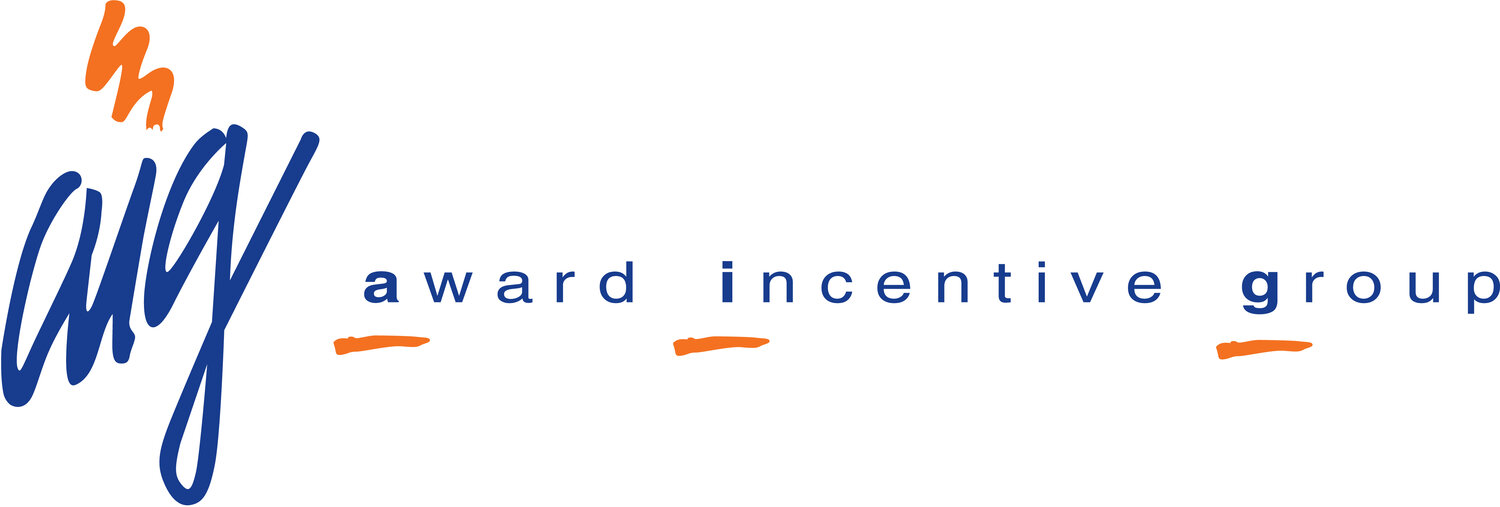In his best-selling book Drive, author Daniel H. Pink suggests that our methods of managing people in the 21st century need an “upgrade” to what he calls Motivation 3.0—a more forward way of thinking that goes beyond Motivation 1.0 where humans were motivated by fulfilling their basic needs and Motivation 2.0 where human behavior can be shaped by rewards and punishments.
Before we review what Motivation 3.0 is, let’s quickly review why Mr. Pink asserts that the old ways of motivating people are often ineffective. It’s important to understand that the tasks we ask people to perform fall into two broad categories—those that:
- Follow a set of instructions down a single path to one conclusion.
- Require experimentation to reach a unique solution.
Mr. Pink states that because 70% of job growth in the U.S. will come from the second type of work, managers need to adapt their approaches to creating work environments that promote the necessary behaviors and attitudes required to do this new kind of work.
So to motivate today’s worker, Motivation 3.0 encourages and promotes:
- Autonomy– simply another way to say “acting with choice”
- Mastery– which by necessity requires that people be engaged in their work
- Purpose– matching one’s aspirations to something greater than oneself
Putting the Ideas into Action
Let’s be honest, even the most interesting work can sometimes simply become just more work. So outstanding managers, teachers, coaches, parents —leaders of all kinds—are those who “paint the big picture” (explain the vision and mission) for those on their team by:
- Believing in and committing to the vision and mission—they live it and people see it.
- Continually redefining the mission and vision in words that connect to everyone.
- Consistently reminding individuals how their work contributes to the mission and vision.
- Catching people doing it right with praise like “that’s what great service looks like!”
- Spotlighting the model behaviors and actions through recognition events.

